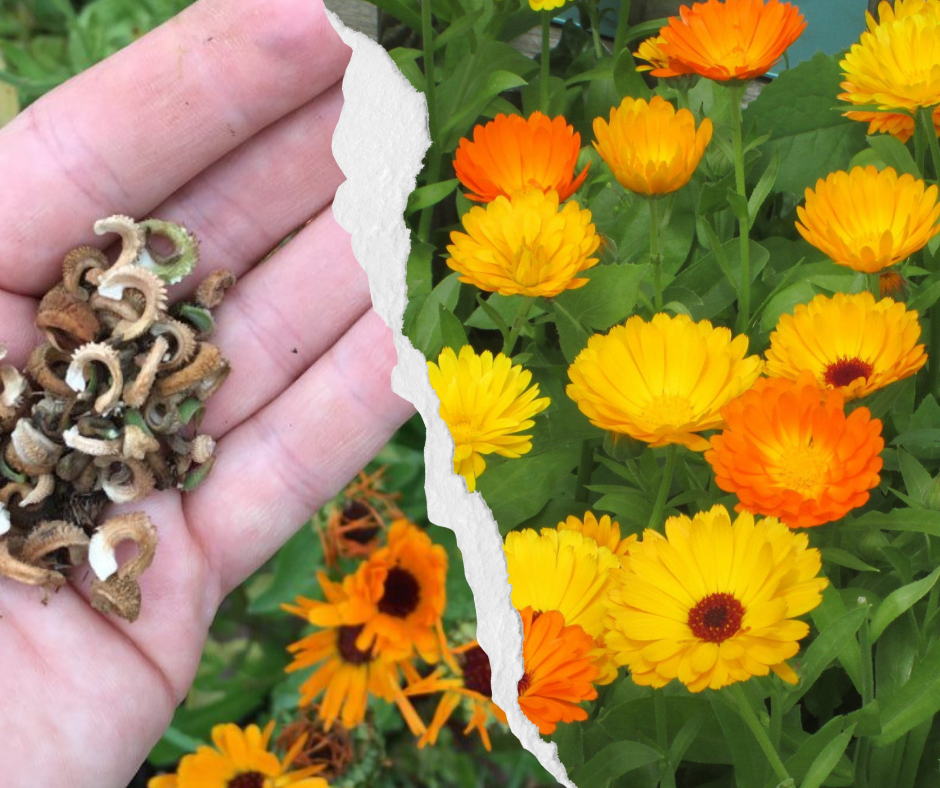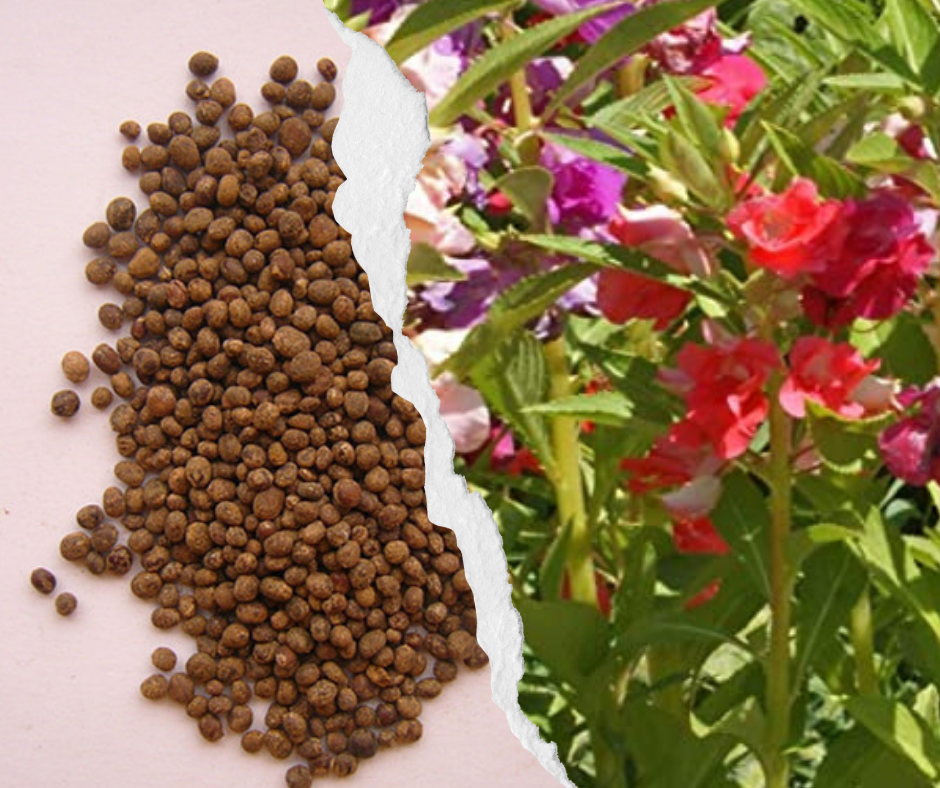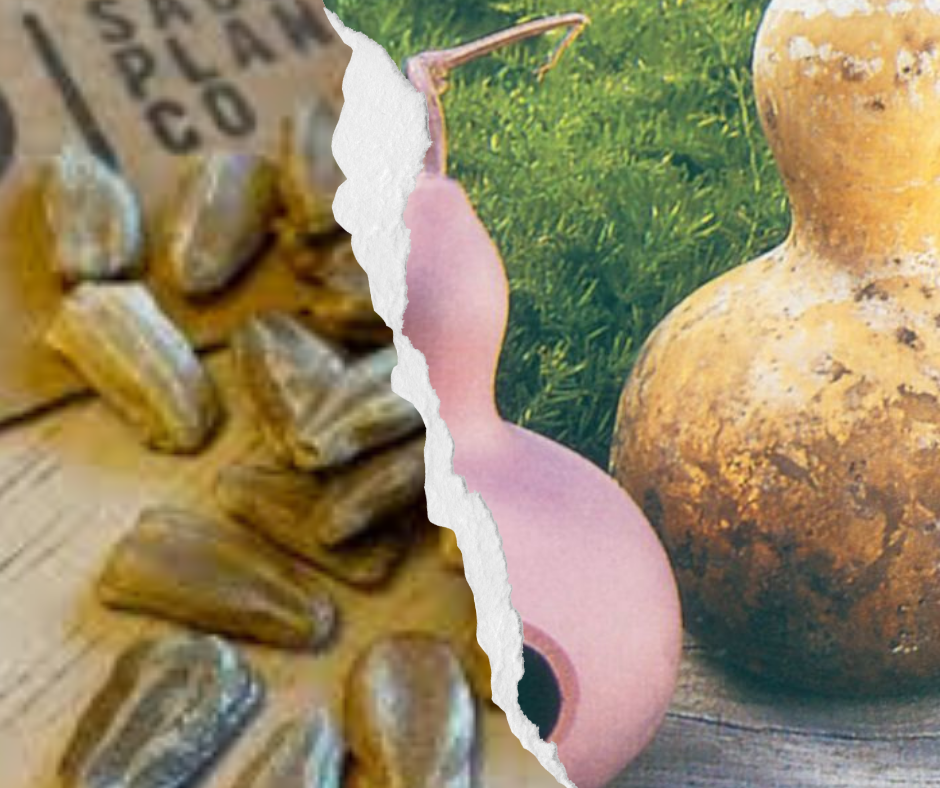Welcome to our Keep Growing Project! If you haven’t already requested your seeds, you can do so here.
We grow many things on this Farm from beautiful flowers, medicinal plants & herbs to delicious fruits & veggies. Most of these plants produce seeds to ensure their circle of life. We collect the seeds that Mother Nature gives us and pass them on to you!
Our Moto here on the Farm is – Healthy Soil, Healthy Food, Healthy Minds. Growth is essential to life, without it, eventually we wither up and blow away. We want to encourage your growth – mind, body & spirit. We also think there needs to be a little adventure, a lot of faith and a dash of curiosity. This is why we send you seeds unlabeled. We want to spark your curiosity and sense of adventure and never lose your faith.
All the seeds we have shipped out originated on this farm. We grew them all, harvested them, dried them & stored them for you.
Identify your Seeds

Calendula
Bright yellow and orange flowers, historically used for medicinal and culinary purposes, come from easy calendula care when growing this simple flower.
Petals are used in cooking, and were used as yellow coloring in cheeses and butters in centuries past. When used in stews, broths and salads, these petals add a spicy taste similar to saffron to many dishes.
The calendula flower or flowering herb is an annual which will readily reseed. Too much calendula care can result in stunted or slow growth. Poor to average, well draining soil and only occasional watering after plants are established is the secret to growing prolific calendula plants.

Chinese Balsam / Impatient
Chinese Balsam or Garden Balsam, is grown for both its showy multicolored flowers as well as its medicinal use in both Indian and Victorian gardens alike. Known for the explosive nature of its seed pods which is where the genus impatiens got its name.
Self-seeding annual. 70 days to flowers. Plant prefers full sun, rich soil, frequent watering. Sow directly in spring garden or grow in pots. Barely cover seed, tamp securely, and keep evenly moist, warm and in the light until germination, which takes 3-6 days. Easy germination, quick bright flowers and magical seed ejection makes this a child’s favourite. Space plants 6” apart or let them fall where they may.

Birdhouse gourds make an ideal gardening project for the whole family. The hard-shelled hanging fruits are not edible but are wonderful for craft projects such as creating decorative homes for the birds.
The vine and leaves are incredible soft & fuzzy to the touch and grows quickly.
Start seeds indoors 6 weeks before last frost. Transplant to garden bed in a sunny location. Support mature plants with a trellis.
Leave the gourds on the vine until after frost, when the vine has died completely. Allow your gourds to dry indoors. Give them a good scrubbing with a water/vinegar mixture to kill the mildew that may grow as it hardens. Once you can hear the seeds rattling inside, cut your hole for the birds, empty the gourd & decorate as you please. Hang outside for the birds to enjoy.

Cantaloupe is 90% water and loaded with electrolytes!! Be sure to have some on those dog days of summer to stay hydrated!!
Plant cantaloupes in full sun in well-drained soil. Cantaloupe plants need about 85 days to mature, but don’t rush planting. Sow seeds only when temperatures reliably stay above 10 – 15 degrees C. Plant in groups of two or three seeds spaced 2 feet apart.
We hope you enjoy your FREE Gift from us! Everyday, nature shows us how she grows, adapts & evolves to the world around her. You can do the same!!!
Please share your seed journey with us, either on Facebook or in the comments below!
Keep Growing!!


Leave a Reply